Life
Sign up for our newsletter
We summarize the week's scientific breakthroughs every Thursday.
-
 Climate
ClimateBull sharks and bottlenose dolphins are moving north as the ocean warms
Rising temperatures are making ocean waters farther north more hospitable for a variety of marine species.
-
 Particle Physics
Particle PhysicsReaders puzzled by particle physics and a papal decree
Readers had questions about neutrinoless double beta decay and the history of domesticated rabbits.
-
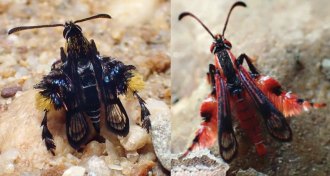 Animals
AnimalsDefenseless moths do flying impressions of scary bees and wasps
Faking that erratic bee flight or no-nonsense wasp zoom might save a moth’s life.
By Susan Milius -
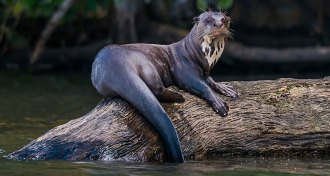 Animals
AnimalsHow a social lifestyle helped drive a river otter species to near extinction
A reconstruction of 20th-century hunting practices reveals why one species of Amazon river otters nearly went extinct while another persisted.
-
 Plants
PlantsNew genetic details may help roses come up smelling like, well, roses
A detailed genetic look at China roses and an old European species shows that there’s a built-in trade-off between color and scent.
By Susan Milius -
 Animals
AnimalsSee (and hear) the stunning diversity of bowhead whales’ songs
Bowhead whales display a huge range in their underwater melodies, but the drivers behind this diversity remain murky.
-
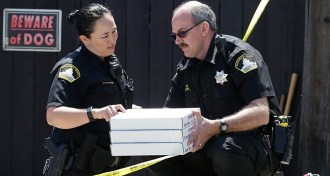 Genetics
GeneticsNew genetic sleuthing tools helped track down the Golden State Killer suspect
DNA sleuths may have adapted new techniques for identifying John and Jane Does to track down a serial killer suspect.
-
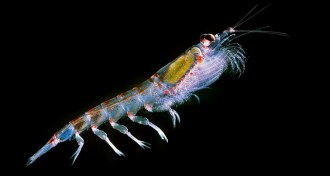 Animals
Animals‘The Curious Life of Krill’ is an ode to an underappreciated crustacean
A new book makes the case that Antarctic krill and the dangers they face deserve your attention.
-
 Archaeology
ArchaeologyFootprints prove humans hunted giant sloths during the Ice Age
Footprints of humans and giant sloths show a dramatic chase sequence from more than 10,000 years ago.
By Dan Garisto -
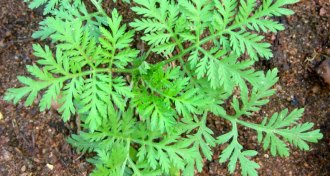 Plants
PlantsGenetically modified plant may boost supply of a powerful malaria drug
Using a DNA study and genetic engineering, researchers tripled the amount of an antimalarial compound naturally produced by sweet wormwood plants.
By Dan Garisto -
 Genetics
GeneticsCicadas on different schedules can hybridize
A new genetic study suggests that cicadas that emerge every 17 years have swapped genetic material with those that emerge every 13 years.
-
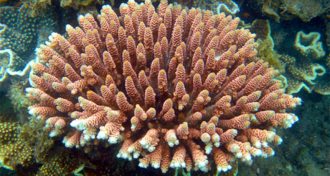 Climate
ClimateHeat waves are roasting reefs, but some corals may be resilient
The latest research on coral reefs clarifies the devastation of heat waves and looks at how coral might be able to adapt to warming waters.
By Dan Garisto